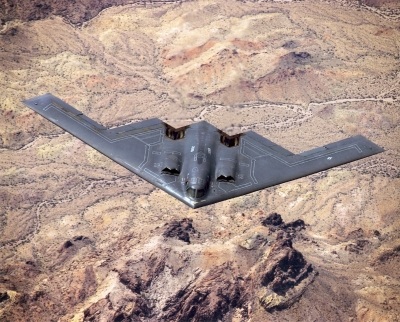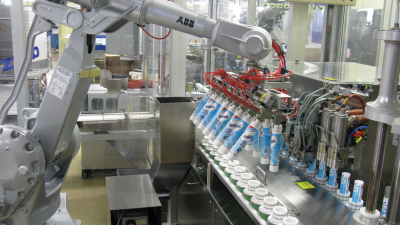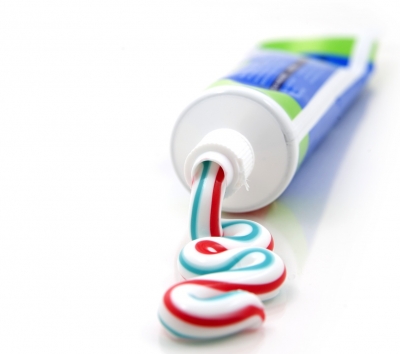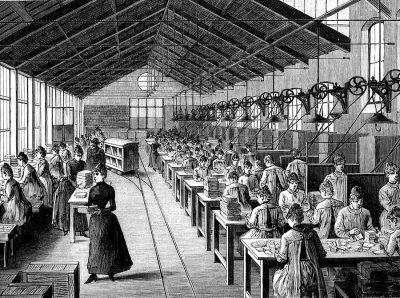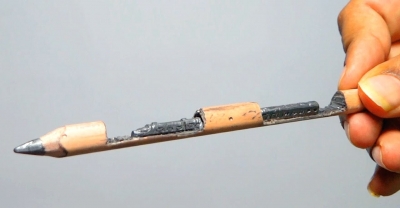How radar works?
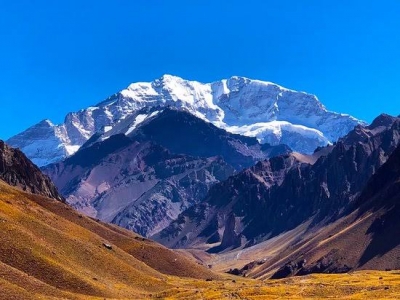
Basic radar equipment consists of a transmitter to generate the radio signals, a revolving scanner – the aerial or antenna that sends out and receives the signals – and a video screen on which the returning signals are displayed. The radio signals are transmitted as pulses (short bursts) at microwave frequencies, which are between 1000 and 35,000 million cycles per second. By comparison., the sound waves from a bar’s signals have frequencies of 30-120 thousand cycles per second.
Radar pulses are timed to allow one signal to hit its target and bounce back before the next one is emitted. Because radio waves travel at the speed of light, about 186,300 miles (300,000km) a second, pulse timing is measured in micro-seconds – millionths of a second. By measuring the time a signal takes to return, the distance to the target can be calculated.
If the object is moving, the returning signal has a slightly different frequency from the outgoing one. This is known as the Dolpher shift, and is caused by the radio waves bunching up if the objects approaching, or stretching out if it is going away. From this shift, radar operators can distinguish a moving object from a stationary one (such as a mountain) and can work out the direction in which it is travelling. From the size of the shift,m they can also calculate the speed. Radar microwave beams from orbiting spacecraft or satellites respond differently to the conditions they encounter – dense forests or cultivated fields, for example. Computers analyse the differing strengths of the return signals and build up picture of the surface.
Picture Credit : Google
